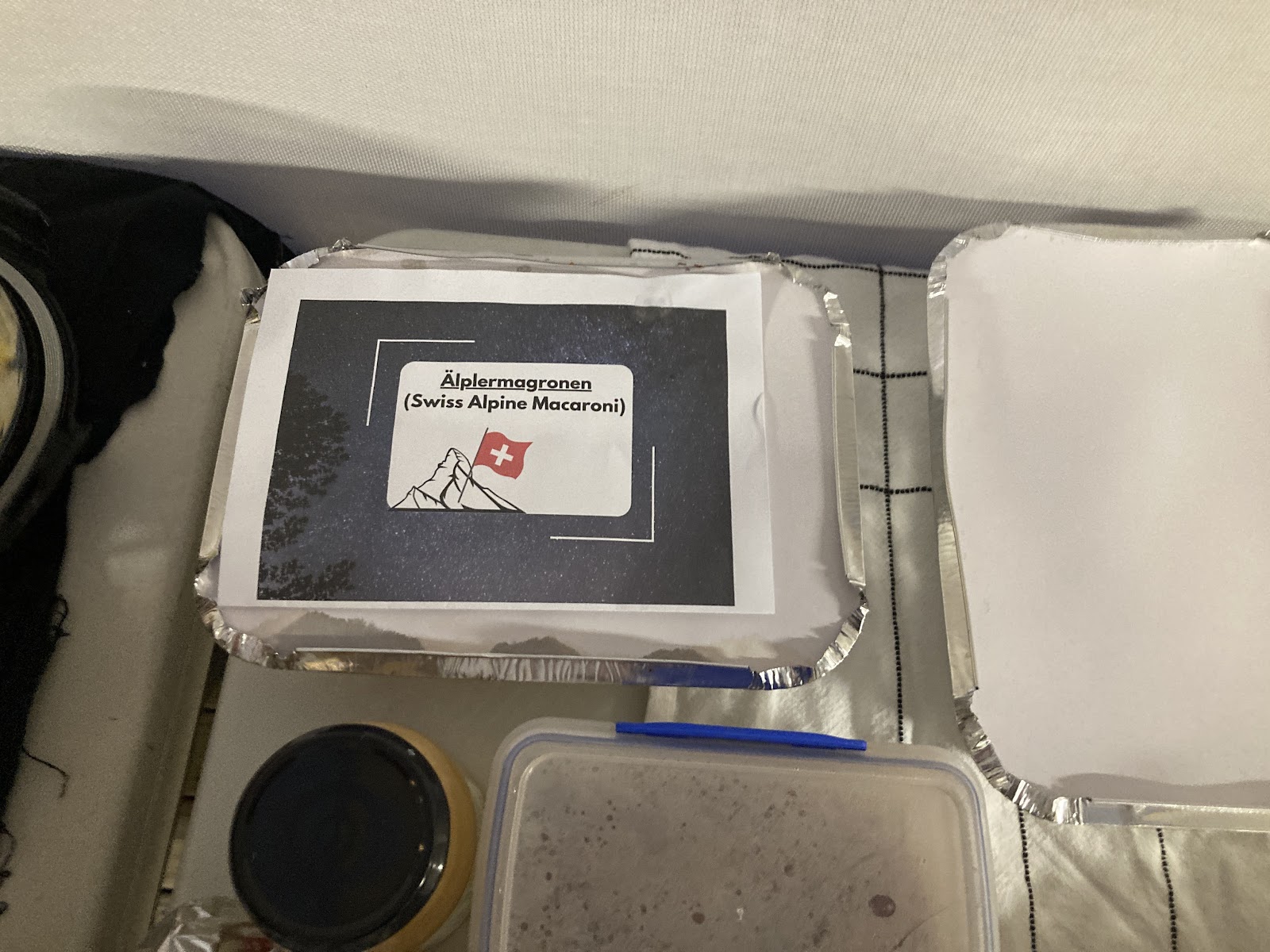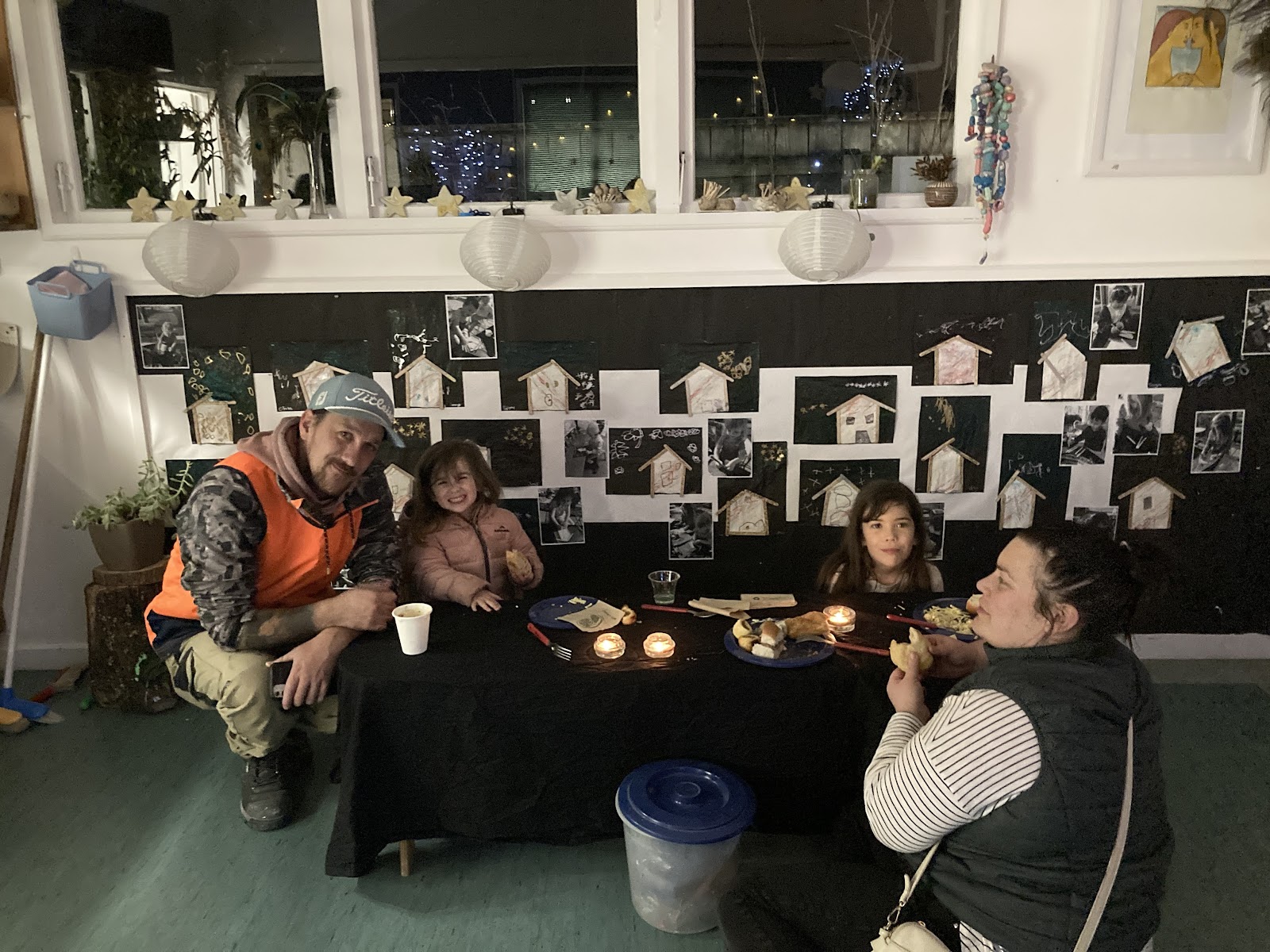Nurturing Creativity: The Transformative Power of Art at
Mairtown Kindergarten
It’s hard to believe it’s been a year since I returned to my happy place as a
permanent teacher at Mairtown Kindergarten. Since being back, I have been on a mission
to create a culture of creativity amongst our kindergarten community by
ensuring that the tamariki have many rich art experiences throughout our
environment. My heart is full as I reflect on the incredible blossoming I have
witnessed amongst our tamariki. With each art-based activity, I’ve seen the
tamariki not only explore their creativity but also grow in confidence and a
sense of belonging. This embodies our philosophy of “Whiria te tāngata” (Weave
the people together), as the art activities foster connections and a sense of
community within our kindergarten, allowing tamariki to feel valued, capable
and part of the Mairtown whānau.


Art is truly crucial in early childhood education, and my experiences have
illuminated the many ways it fosters growth, enhances cognitive skills, and
nurtures emotional and social-emotional development. It’s not just about
painting pretty pictures; it's about helping our tamariki express themselves,
explore their ideas, and learn about the world.
Wright, (2010), considers
children’s art as a vehicle and form of
expressive language that offers a space for
children to communicate. Children’s art
experiences in early childhood, allow them
to “actively construct understandings of
themselves and their worlds, rather simply
becoming the passive recipients of
knowledge”
One of the most profound areas I've seen art influence is in cognitive
development. When tamariki engage with different materials—be it pens, pencils,
paint, or clay—they're not simply creating; they're solving problems and making
decisions. Each stroke of a brush or pinch of clay is a chance for them to
experiment and discover. This aligns with the Te Whariki principle of
‘Exploration’, emphasising the importance of hands-on experiences in learning.
As tamariki manipulate materials, they engage in a discovery process that
enhances their inquiry and critical thinking skills.
"From a cognitive perspective, children use the visual arts to interpret the world around them through a process of encoding their understandings in whatever materials they have to hand in order to reflect upon them. Children might represent and think about relationships, how things work, their own identities in the present, and their future selves as they engage in the visual arts. When children make art, they integrate their memories, experience, observations and imagination. They can also create at their own individual level of ability, and draw on their own individual strengths, abilities and aptitudes." (Hargraves, 2021)
Fine motor skills are also developed during these activities. As they draw,
paint, and sculpt, tamariki strengthen the small muscles in their hands,
improving their hand-eye coordination and preparing for future skills like
writing. The beauty of art is that it allows tamariki to learn about colours,
shapes, patterns, and textures while having fun. Through these experiences I’ve
also witnessed them mediate their thinking, progressively communicating their
ideas with newfound clarity.
The art experiences have also provided our tamariki with a unique and safe
space to express their emotions. Some thoughts and feelings can be tough to
articulate, but through their art, they can tell stories, share experiences,
and, most importantly, express how they feel.
I’ve observed that as they engage in artistic activities, their ability to
regulate their emotions improves, helping them cope with stress. I’ve also seen
how the social-emotional aspects of art promote empathy, collaboration, and
communication. When they come together to share their artwork, their
interactions nurture deep connections, fostering friendships built on
understanding and mutual respect. This reflects our commitment to manaakitanga
(hospitality and kindness), as nurturing social connections and emotional
health is at the core of our philosophy at Mairtown Kindergarten.
Art is an open door to imaginative worlds. The creativity I see at Mairtown is
nothing short of magical. Tamariki can unleash their imagination, dive into
playful thinking, and explore the limitless possibilities that come with
creating.
I’ve noticed that through art, they develop what I love to call “possibility
thinking.” They learn to see the world through a lens of creativity and find
unique solutions to challenges—skills that will serve them for a lifetime.
Furthermore, art provides a platform for self-expression. It helps our tamariki
explore their own identity and build confidence in who they are. This aligns
with the principle of ‘Belonging’, which emphasises the importance of tamariki
feeling secure and included within their learning environment. Engaging in
artistic expression allows them to feel confident in their own identities and
connect with those of their peers.


"The process of creating art can be both calming and therapeutic for young children. As they focus on their artwork, they learn to manage their emotions, developing a sense of self-awareness and self-regulation. Art also offers a safe space for children to explore their feelings, providing an opportunity for them to understand and process complex emotions.
Moreover, art can promote social development as children work together on collaborative projects or share their artwork with others. This interaction helps to foster teamwork, respect for others’ opinions, and a sense of belonging. Participating in art activities together can also strengthen bonds between children and their caregivers, creating an environment that supports emotional growth."
(Sanctury Early Learning Adventures, 2023) Art also plays a vital role in communication and language development. Our
tamariki have varied levels of verbal interaction skills, and art offers them a
non-verbal way to communicate their ideas and experiences. I've marvelled at
how sharing and discussing their artwork allows our tamariki to discover new
vocabulary and practice their conversational skills. Through describing their
creations and engaging with peers, they enhance their language skills in an
organic and enjoyable way.
As I sit down to write this, I am filled with gratitude for the rich
experiences we’ve shared this year. The art experiences in our kindergarten are
not simply about making beautiful creations; they are about weaving a fabric of
holistic development that supports cognitive, emotional, social, and physical
well-being.
My passion for the arts in early childhood education continues to grow, and I
am excited to see how our ‘artists’ will flourish even more as we move forward
together. Here’s to another year of creativity, expression, and joy at Mairtown
Kindergarten!
Thank you for being a part of this journey, and I look forward to sharing more
with you as we continue to inspire our tamariki through the transformative
power of art.
Aroha nui,
Zair























































































































